
All iLive content is medically reviewed or fact checked to ensure as much factual accuracy as possible.
We have strict sourcing guidelines and only link to reputable media sites, academic research institutions and, whenever possible, medically peer reviewed studies. Note that the numbers in parentheses ([1], [2], etc.) are clickable links to these studies.
If you feel that any of our content is inaccurate, out-of-date, or otherwise questionable, please select it and press Ctrl + Enter.
Ointments for streptoderma
Medical expert of the article
Last reviewed: 04.07.2025
Streptoderma is a skin disease caused by group A streptococci and their waste products. The infection manifests itself not only on the skin: as a result, internal organs and immunity may suffer, so it is important not to neglect the disease: in addition to an aesthetic defect and unpleasant sensations, it can be fraught with more serious complications. Streptoderma is treated with both broad-spectrum drugs and those intended for local use. What are the indications for the use of ointments for streptoderma? The disease makes itself known a week or even ten days after infection. First, pinkish round spots appear on the skin, and then they turn into pustules, and the skin in this area peels, itches and becomes very dry. As soon as you notice the first signs, you need to consult a dermatologist in order to choose the right ointment. The drug will enhance the body's immune response and stop the spread of lesions.
Choosing an ointment
There are many names of ointments for streptoderma that can quickly and effectively cope with the disease. Which one to treat should be determined by a dermatologist, taking into account the severity of the disease, the general condition of the body and other factors.
 [ 1 ]
[ 1 ]
Antiseptic ointments
Zinc ointment
The ointment effectively fights streptococci that are sensitive to zinc. The product softens and moisturizes the skin, and the oily base ensures the ointment's long-lasting effect. It should be applied in a thin layer to the affected areas up to 6 times a day. The effect will be stronger if you use zinc ointment with levomycetin.
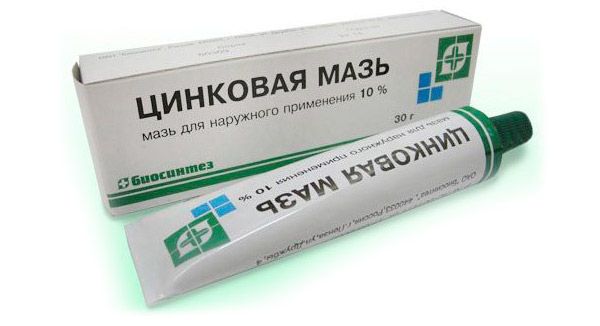
Zinc ointment does not have a general effect on the body, so it is suitable for almost everyone: increased individual susceptibility to the drug is rare.
Salicylic ointment
The drug effectively relieves inflammation, has a disinfectant effect on the affected areas. The ointment is applied 2-3 times a day. The duration of treatment depends on the healing time of the skin. Salicylic ointment is used until the epidermis is completely regenerated, which can take from several days to three weeks.

The maximum period of regular use of the ointment is 28 days. For a single use, the permissible amount of ointment should not exceed two grams, since salicylic acid enters the blood and can cause severe allergies.
Salicylic-zinc ointment
The ointment quickly copes with redness, eliminates inflammation and promotes skin regeneration. Salicylic-zinc paste is applied 1-2 times a day to the affected skin, which must first be cleaned and treated with an antiseptic, for example, hydrogen peroxide. The product cannot be used for open wounds, as well as in areas where the skin is constantly wet (in the groin, under the arms).
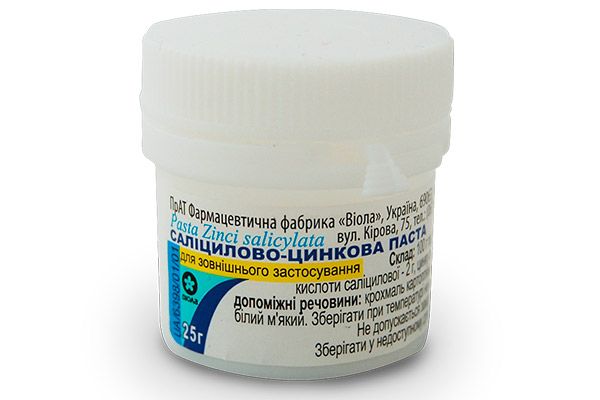
The pharmacokinetics of the ointment allow the active substances to overcome the placental barrier, therefore the use of the ointment for streptoderma during pregnancy is contraindicated. The ointment is also used with caution for the treatment of streptoderma in children: it is necessary to consult a pediatrician beforehand.
Streptocide ointment
The drug has a pronounced antimicrobial effect and suppresses the development of infections caused by streptococci. The ointment is applied in a thin layer to the affected area. The frequency and duration of use depends on the severity of the lesion and the effect achieved. When treating with this ointment, it is recommended to drink plenty of fluids.
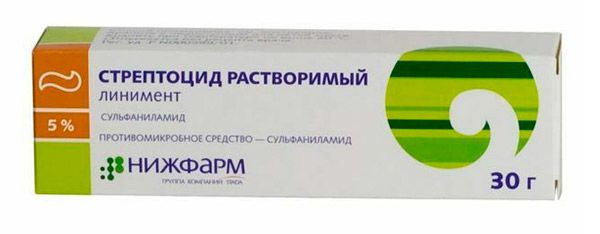
The ointment inhibits the growth and development of microorganisms by affecting their intracellular metabolism. The ointment should not be used during pregnancy and lactation. It is also contraindicated for children and patients with impaired renal function. Some danger of prolonged use of the ointment is that some bacteria may develop resistance to the active ingredients of the drug.
Norsulfazole ointment
This is a sulfanilamide drug with chemotherapeutic activity. The action of the ointment is aimed at disrupting the growth factors of microorganisms. This ointment is less often used in the treatment of streptoderma, since most clinically significant bacteria have acquired resistance to its active substances. When using the ointment, it is necessary to take into account that some drugs, such as novocaine, can neutralize the effect of the drug. Norsulfazole ointment is not used for kidney diseases, blood, thyroid dysfunction. It is contraindicated during pregnancy and lactation, as well as for children under 12 years of age.
Sulfur ointment
The preparation, when applied to the skin, combines with certain organic substances. The reaction products have an antimicrobial and antiparasitic effect, eliminating the microorganisms that caused the disease. The ointment contains sulfur, promotes softening and regeneration of the skin, heals small wounds and scratches.
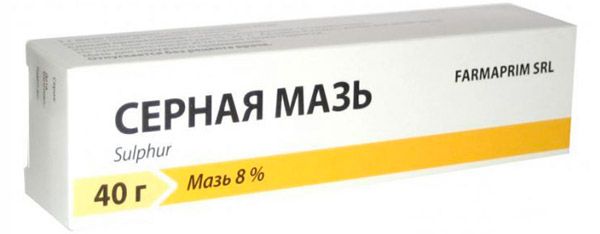
The ointment removes dead skin cells, activates blood circulation and metabolism in skin cells due to the fact that sulfur softens the upper layer of the epidermis. In the treatment of streptoderma, a more concentrated, 6% sulfur ointment is used. The treatment lasts up to 7 days. The drug is applied in the evening to the previously cleaned affected skin, rubbed thoroughly for 10 minutes and not washed off for 24 hours.
Vishnevsky ointment and streptoderma
There are probably few people who do not know about this remedy. Vishnevsky ointment is still "in service" of doctors against various infections. The ointment heals soft tissues very quickly in case of inflammation.
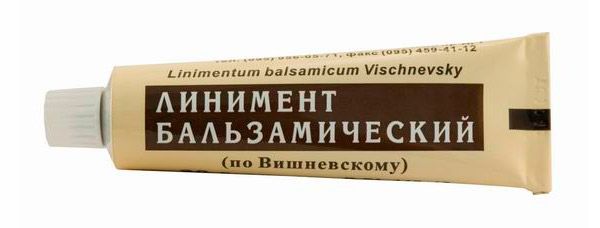
It is safe and has virtually no contraindications for use, if compared with its modern analogues: xeroform powder is an excellent antiseptic that neutralizes many types of microbes; birch tar activates blood circulation, providing tissue nutrition; castor oil increases the penetrating ability of active substances deep into the epidermis. To treat streptoderma, the drug is applied twice a day under a bandage, which is then fixed.
Oxolinic ointment
The ointment has antimicrobial and antiviral effects. A 3% ointment is used to treat epidermal diseases. It is applied in a thin layer to clean skin up to 3 times a day. The course duration is from 14 to 60 days. The ointment is easily absorbed, the active substance oxoline is absorbed quite quickly, penetrating the blood, liver, kidney and spleen tissue in small concentrations. Side effects from prolonged treatment with the ointment may manifest as a short-term burning sensation at the time of application; superficial dermatitis; the skin at the treatment site acquiring a bluish tint, which, however, can be easily washed off. There are no known cases of overdose, but presumably the severity of these symptoms will become more intense.
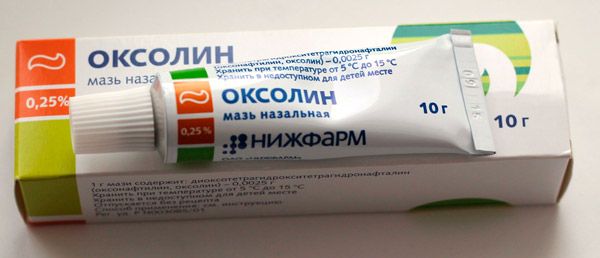
All side effects disappear after stopping treatment. There are practically no contraindications to the use of the ointment - only in cases of sensitivity to its components. During pregnancy and lactation, as well as for the treatment of children, the ointment is not recommended for use, since there is no data on the consequences of use. Subject to appropriate storage conditions, the shelf life of the ointment is 2 years.
There are few restrictions and contraindications for the use of antiseptic ointments: most of them can be used even during pregnancy and lactation, as well as for the treatment of streptoderma in children, which cannot be said about ointments with antibiotics.
Antibiotic ointments for streptoderma
In the later stages of the disease, when conventional antiseptics are powerless in the fight against the causative agent of streptoderma, and the infection continues to spread, ointments with antibiotics are used.
Ointment for streptoderma in children, containing antibiotics, is prescribed only as a last resort. But ointments for external use, unlike other forms of antibiotics, cause the least harm to the child's health and there is no need for additional restorative therapy after the end of treatment.
Gioxizone ointment
Gioxizone is an ointment with a combined action. It eliminates skin inflammation, especially if they are associated with allergies complicated by a bacterial infection. Its pharmacodynamic properties consist of the combined action of two components: the antibiotic oxytetracycline, which fights bacteria, and hydrocortisone, which relieves inflammation, eliminates allergic manifestations on the skin and itching. To combat streptoderma, gioxyzone is applied in an amount of 0.5-1 g in a thin layer to the affected areas of the skin from 1 to 3 times / day.
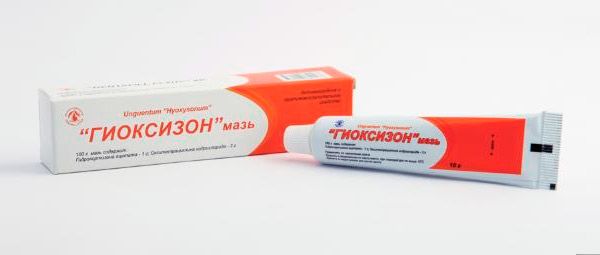
The duration of therapy is determined individually. Contraindications: sensitivity to the components of the drug, tuberculosis of the skin, skin neoplasms, viral skin diseases. The drug should also not be used during pregnancy and lactation.
Bactroban
An ointment based on mupirocin, a broad-spectrum antibiotic. Bactroban stops the growth and spread of pathogens, and when the dose is increased, it has a direct bactericidal effect. The ointment is prescribed as a monodrug to combat streptoderma, and can be used as a component of a therapeutic complex.
It is better to apply the ointment with a cotton pad under the bandage. Possible side effects are urticaria, erythema, minor allergies.
Erythromycin ointment
Refers to macrolides, which can quickly get rid of streptoderma, but they are prescribed in extreme cases due to the negative impact on the body. Erythromycin is an effective ointment for streptoderma, it eliminates inflammation, regulates the sebaceous glands and has an antibacterial effect. It should be applied to the affected areas of the skin 2-3 times a day.
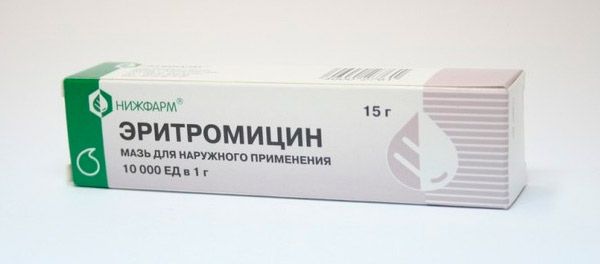
The duration of treatment is from seven to ten days. The ointment is contraindicated in case of liver dysfunction, as well as in case of hypersensitivity to macrolides.
Tetracycline ointment
The drug has exceptional antiseptic properties, due to which it will help to quickly cope with many pathogens of skin infections, and in case of cuts or burns, the ointment will prevent the likelihood of infection in the wound. The drug contains an antibiotic from the tetracycline series. Tetracycline hydrochloride affects the synthesis of protein structures of bacteria. The method of application and dosage depend on the localization of the lesion and the severity of the disease. Usually, for streptoderma, the ointment is applied to the affected skin twice a day.
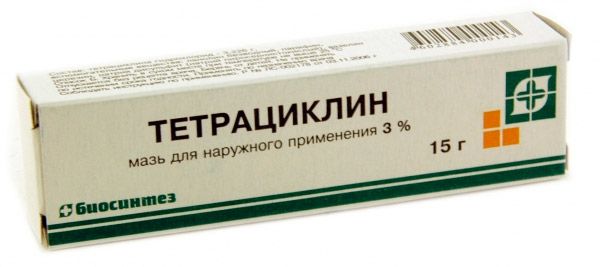
It can be used as a compress. The duration of treatment can vary from several days to several weeks. There are some peculiarities of interaction with other drugs: if the patient simultaneously uses drugs with glucocorticosteroids, the effect of using these hormone-containing drugs is enhanced.
Synthomycin ointment
The active substance of the drug is a broad-spectrum antibiotic. Pharmacodynamics is based on the effect on the formation of pathogen proteins. Chloramphenicol penetrates through the membrane of bacterial cells, affecting the movement of amino acids, as a result of which the process of formation of peptide chains and protein formation is disrupted. The ointment effectively fights strains that are resistant to penicillin, streptomycin. Bacterial resistance to chloramphenicol develops slowly. The ointment is applied to the affected skin under a bandage. Additionally, parchment or compress paper can be used. The bandage is changed every other day. The active substance of the ointment overcomes the placental barrier, but research data did not reveal a negative effect on the fetus when the ointment is used externally.
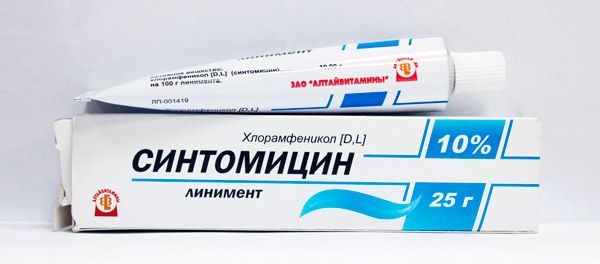
It should be known that as a result of the side effects of ointments for streptoderma with antibiotics, skin sensitivity may increase, which, in turn, will cause hypersensitivity reactions with further use of these drugs in the form of ointments or other dosage forms.
Since streptoderma is contagious, it is necessary to take measures to prevent the spread of infection during the treatment period. It is necessary for both the patient and all household members to adhere to hygiene rules to prevent repeated self-infection. For a quick and complete recovery, this is as important as using ointments for streptoderma or drug therapy.
Attention!
To simplify the perception of information, this instruction for use of the drug "Ointments for streptoderma" translated and presented in a special form on the basis of the official instructions for medical use of the drug. Before use read the annotation that came directly to medicines.
Description provided for informational purposes and is not a guide to self-healing. The need for this drug, the purpose of the treatment regimen, methods and dose of the drug is determined solely by the attending physician. Self-medication is dangerous for your health.

